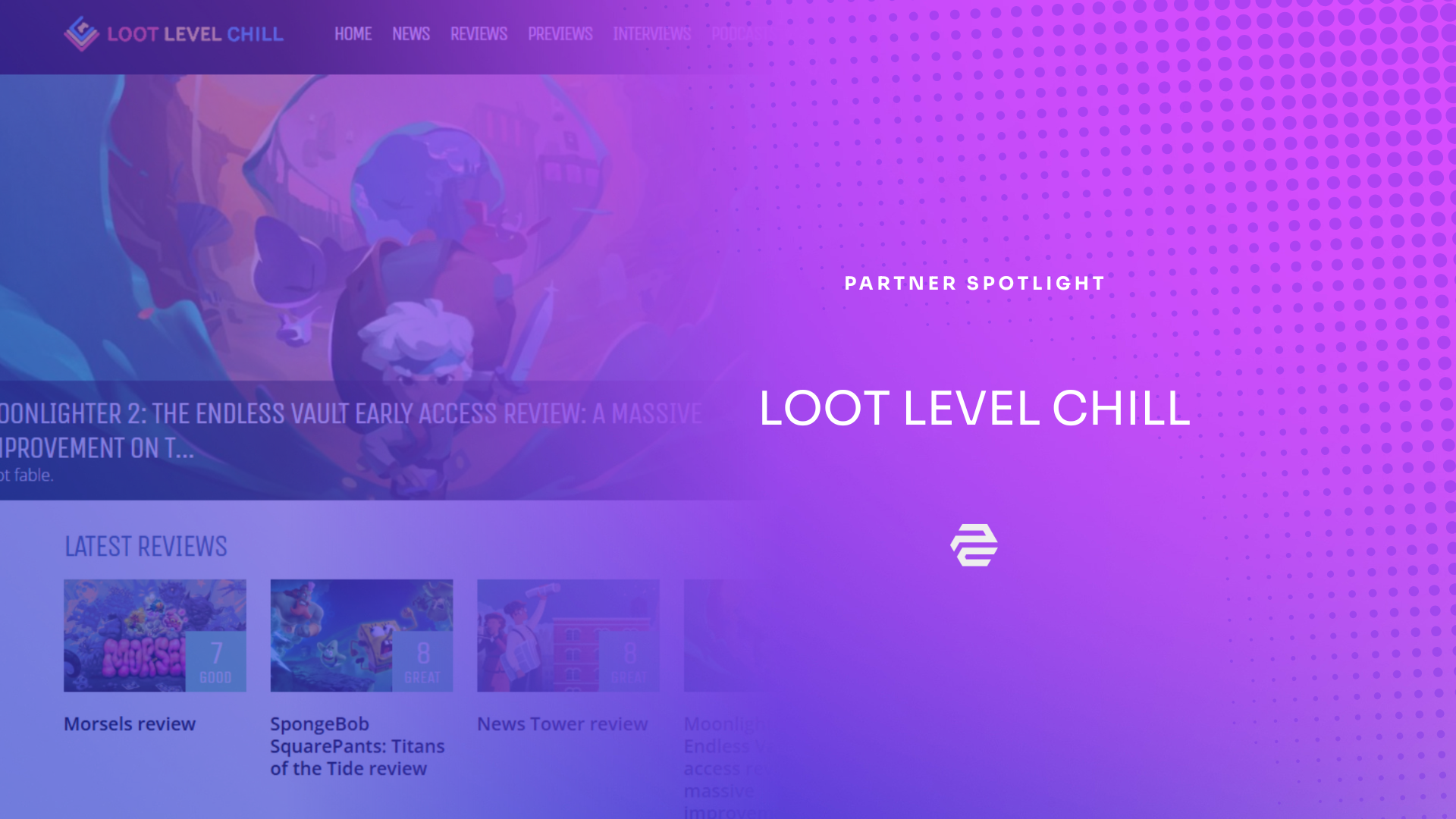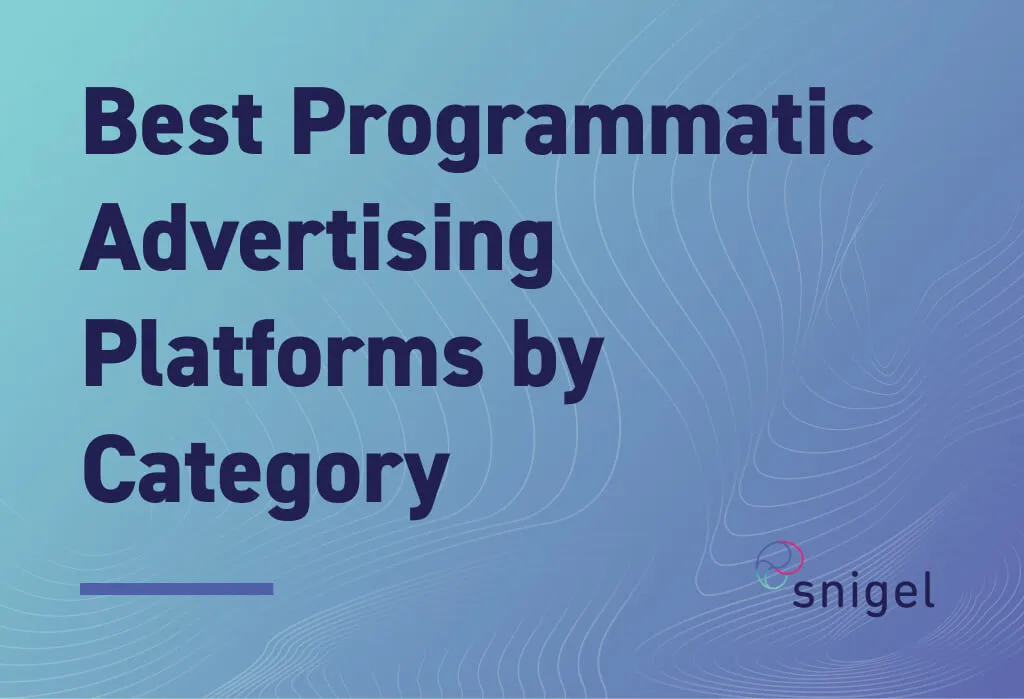Understanding the modern gamer

In recent years, the gaming industry has undergone a dramatic transformation, evolving from a niche hobby to a mainstream entertainment juggernaut.With this shift, understanding the modern gamer has become crucial for advertisers. In this blog, we’ll delve into common audience insights within the games and media landscape, shedding light on the diverse and dynamic nature of our gaming community.
Demographics: Beyond stereotypes
The stereotypical image of the gamer as a young male teenager is long outdated. Today’s gaming audience is incredibly diverse, encompassing various age groups, genders, and backgrounds.With the global pandemic four years ago, we saw a boom in gaming activity. It became accessible overnight due to mobile devices, and more and more individuals purchased new and old games, in order to be entertained and connect with friends and family online. That range of gamers hasn’t shifted.Age: Gamers span all age ranges, from young children playing Roblox to adults in their 50s and beyond, like GrndPaGaming. The arena for games and their target markets have grown exponentially, and according to a recent study by the Entertainment Software Association (ESA), the average age of a gamer is 36 years old, smashing the preconception that gamers are teenagers and opening up the opportunity to advertisers.Gender: Gaming is no longer a male-dominated activity. Women make up nearly 46% of the gaming population, with a significant presence in mobile gaming. With the inclusion of women as some major lead protagonists, and overall inclusion opening up, we’re seeing a shift in gender stereotypes.Geography: Gamers are found worldwide, with significant markets in North America, Europe, Asia, and emerging markets in Latin America and Africa.
Gaming genres: A spectrum of interests
As we’ve established, gamers cover an enormous age range, meaning their interests are vastly varied too. This is where genres come into play.To understand genres, you need to understand types of players. Gamers range in their preference of genre, usually via their overall gaming commitment. In essence, how much time they can invest in a game, and how frequently they’re wanting to play.Here at Publisher Collective, we’ve put together a series of personas that guide us in understanding time commitments, genres and interests. Within those personas we look at the casual gamer vs the strategy gamer, and so on. For instance, our Ultimate Loadout gamer is an individual that invests around 20+ hours in gaming per week, and spends regularly and generously on hardware and accessories. They prefer genres such as FPS (first-person shooters) and MMORPG (massively multiplayer online role-playing game).We also have personas such as ‘Cozy Adventurer’, a type of gamer that enjoys accessible, story driven games such as Animal Crossing or Stardew Valley, that can be played via a portable console (Switch or Steam Deck) and mobile. They’re less likely to spend hours online and spend money regularly on the latest games, instead selecting titles in a series, like Harvest Moon or The Sims.Understanding time commitments to a game can be a strong indicator of overall preferred genre.
Social Connectivity: Gaming as a social experience
Gaming has become a highly social activity, fostering communities and connections across the globe.Multiplayer and Online Gaming: Many modern games offer robust multiplayer modes, allowing players to team up or compete against others online. This has turned gaming into a social experience, where players can form friendships and rivalries.Streaming and Content Creation: Platforms like Twitch and YouTube have revolutionized how gamers interact with content. Gamers not only play games but also watch others play, share tips, and engage with content creators. The rise of esports has further cemented this trend, with professional gamers and streamers becoming celebrities in their own right.
Engagement and Consumption Patterns
Understanding how gamers engage with content is essential for anyone looking to tap into this market.In-Game Purchases: The free-to-play model, supported by in-game purchases and microtransactions, has become a dominant revenue stream. Gamers are willing to spend on cosmetic items, expansions, and other digital goods that enhance their experience.Subscription Services: Subscription models like Xbox Game Pass and PlayStation Now offer gamers access to vast libraries of games for a monthly fee, changing the way games are consumed and valued.Cross-Platform Play: The ability to play games across different devices and platforms seamlessly is increasingly important. Cross-platform play has become a major selling point for many modern games.
Values and Expectations: A Conscious Audience
Modern gamers are more discerning and socially conscious than ever before.Diversity and Representation: There is a growing demand for diversity and representation in games. Gamers want to see characters and stories that reflect a wide range of experiences and backgrounds.Ethical Practices: Issues such as fair labour practices and ethical monetization are important to the gaming community. Gamers are increasingly aware of the practices behind the games they play and are vocal about supporting developers who prioritize ethical standards.Quality and Innovation: High-quality graphics, immersive storytelling, and innovative gameplay mechanics are expected. Gamers are willing to support developers who push the boundaries and offer unique experiences.The modern gamer is a multifaceted individual with diverse tastes, preferences, and values. As the gaming industry continues to evolve, understanding this audience is more important than ever. By recognizing the demographic shifts, social dynamics, engagement patterns, and values of today’s gamers, developers and content creators can better cater to their audience, creating experiences that resonate on a deeper level.In this ever-changing landscape, staying attuned to the needs and desires of the gaming community will be the key to success. Whether you are a developer, marketer, or content creator, these insights provide a roadmap to connecting with the modern gamer in meaningful and impactful ways.
Book a call with an expert
We pride ourselves on creating meaningful relationships with our publishers, understanding their priorities and customizing our solutions to meet their unique needs.








